Apple's iPhone 11 is the best phone Apple has ever produced
Apple's iPhone 11, iPhone 11 Pro, and iPhone 11 Pro Max have officially hit stores. And the latest versions of the company's flagship device pack a host of improvements including all-new cameras that have consumers asking: Is now the time to upgrade?
After spending time with the three iPhones, I’ve decided it’s hard to deny their superiority to older models. The new cameras alone offer major upgrades over last year's models, the iPhone XR, iPhone XS, and iPhone XS Max. And the updated processors and drastically improved batteries make for a trio of iPhones that are flat-out the best Apple has produced by a long shot.
It's hard to tell someone who just spent $1,000 on an iPhone XS to go out and buy these new phones, though. That device still has plenty to offer as far as performance and usage. In fact, the latest version of Apple's mobile operating system, iOS 13, will run on iPhones as old as the iPhone 6s.
But Apple (AAPL) has made such a compelling case to upgrade with its new iPhones, that it's hard not to recommend making the jump.
The cameras are everything
The standout feature of the $699 iPhone 11, $999 iPhone 11 Pro, and $1,099 iPhone 11 Pro Max is their cameras. The iPhone 11 gets an all-new 12-megapixel wide-angle camera, as well as a new 12-MP ultra-wide angle camera.
The iPhone 11 Pro and Pro Max both get those same cameras, as well as a new 12-MP telephoto camera. The lenses for each are housed in a rectangular enclosure on the backs of the phones.
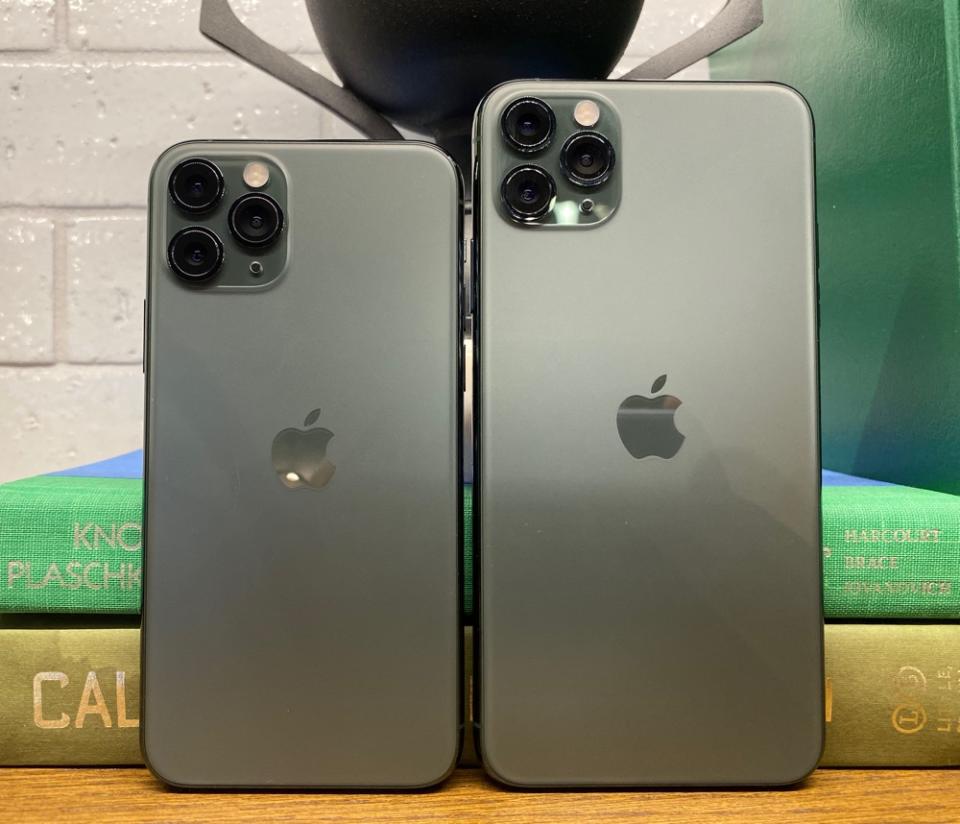
The look has inspired plenty of memes already, including one picture that turned the iPhone's cameras into a stovetop. But regardless of how you feel about the design — I happen to think it helps the phones stand out more — there's no denying the beauty of the photos these cameras take.
This week, I walked around Manhattan's Washington Square Park, like a common tourist, taking photos of everything from flowers to the famous Washington Square Arch. The shots looked wonderful. Colors appeared evenly balanced, and minor details were easy to make out. The ultra-wide angle cameras on the phones add an extra dimension to your amateur photography arsenal by letting you capture more of the scene surrounding your subject.
The ultra-wide angle lens lets you take photos of your favorite landscapes by expanding the field-of-view versus the standard wide-angle camera, meaning there's room in your frame for your subject.
Panorama mode will still capture more content by stitching together multiple wide-angle shots into a single, extra-wide photo. However, using the ultra-wide camera is easier, and doesn't require you to keep the phone level while you turn in place to capture a scene.
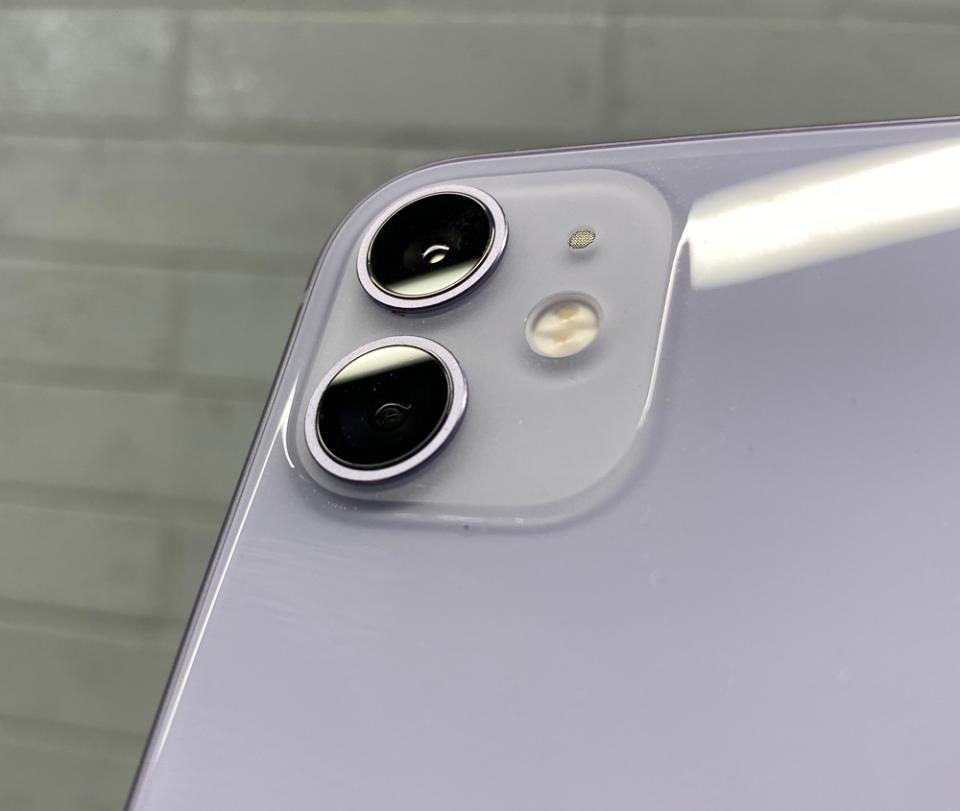
The ultra-wide camera also works well when you're trying to pack more people into a single shot. Instead of forcing everyone to get uncomfortably close to make sure they all fit into the frame, you can switch to the ultra-wide angle camera. You'll still be able to capture everyone, and they won't have to get close enough to hear each other breathing.
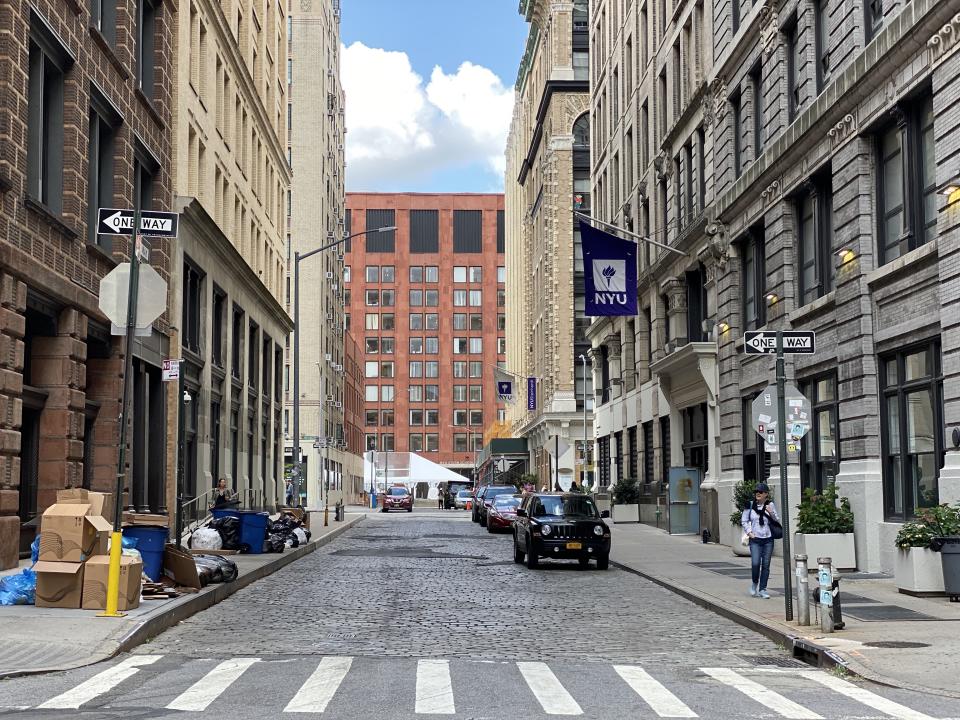
As for the telephoto lens, it's the same experience that Apple offered with the iPhone XS and XS Max, but with a higher quality camera. What's the big deal about having a telephoto camera compared to simply zooming in with your phone's wide-angle camera? It's all about the optics. Literally.
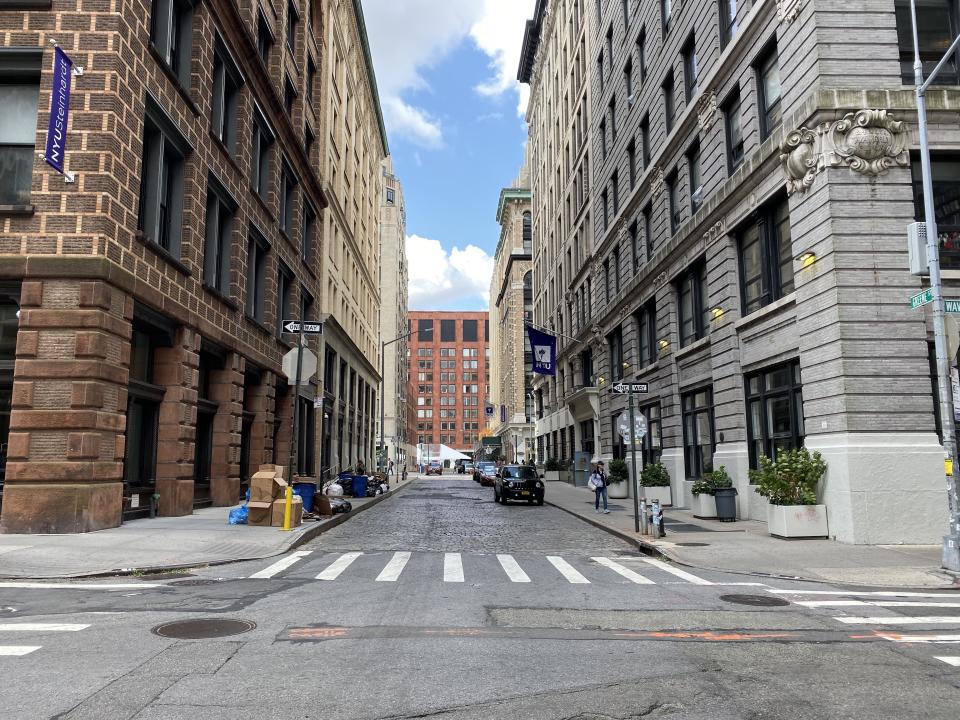
The telephoto camera on the iPhone uses a lens that offers two times the level of zoom as the wide-angle lens. The fact that the lens itself does the zooming means that images you take are clearer than those taken using software-based zooming like you would with the iPhone 11's wide-angle camera.
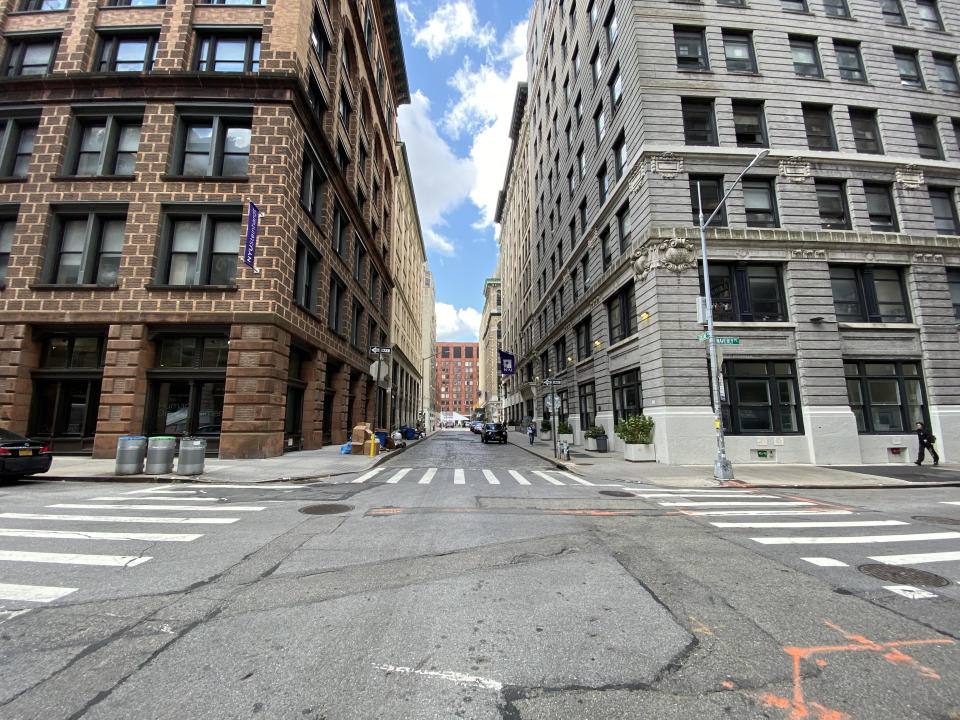
Apple has also improved the low-light capabilities of its cameras across the iPhone 11 line. The new phones get a low-light photo mode that activates automatically depending on the lighting situation you're shooting in. So if you're at a bar, low-light mode will kick on, but if you're in a well-lit room, it won't.
I took low-light mode for a test spin and the fact that it launches on its own is certainly helpful. To turn off low-light mode, you have to tap the low-light button on the display, and then lower the shutter's exposure time to off. You can always increase the shutter time, to capture more light and get a clearer picture, but you'll also have to be sure to remain still.

That's because moving when taking low-light photos causes the subject to become blurred. The phone can compensate to a degree, but it won't work miracles. It's not going to function like night vision goggles, and let you see in the dark in real-time.
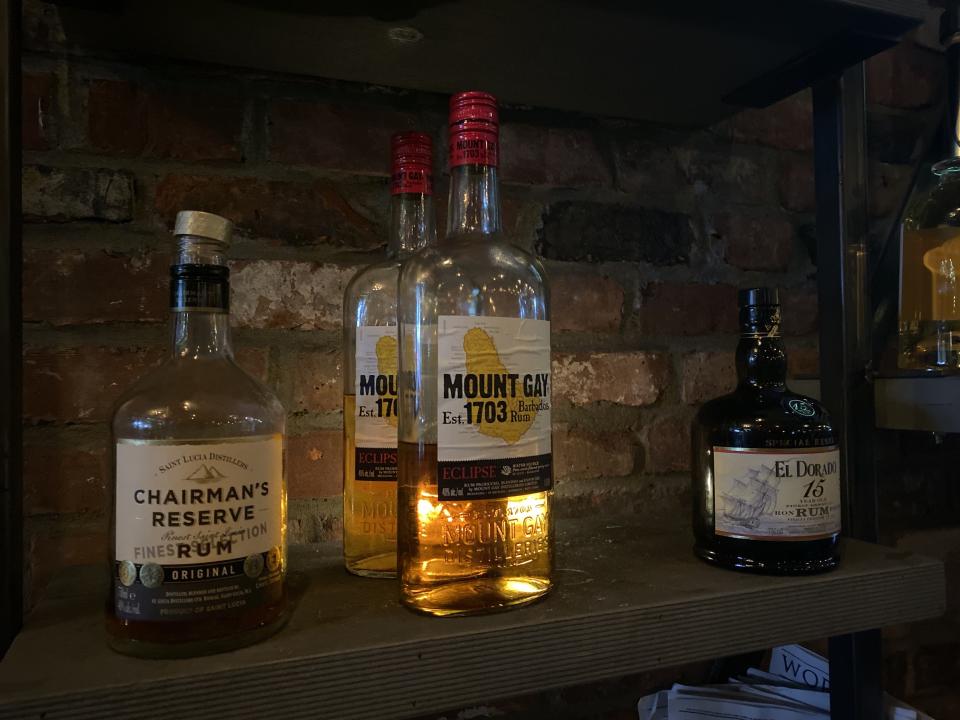
Low-light mode is available on all three versions of the iPhone 11, but it doesn't work with the ultra-wide angle camera or telephoto camera. That's because the feature takes advantage of the focus pixels used in the iPhones' wide-angle cameras.
Apple has also improved the front-facing camera on the iPhone 11 line, and it introduced a new slow-motion selfie feature the company calls "slofies." In truth, it's a slow-motion video, and not likely something you'll use often, but it's good for a laugh.
New displays, new design, and more power
The cameras aren't the only new features of the new iPhone line. The iPhone 11 Pro and 11 Pro Max get Apple's new Super XDR Retina displays. A type of OLED screen, the new displays get double the contrast ratio as their predecessors. That means colors will look more dynamic, ensuring you can view HDR content on the phones.
Apple managed this by increasing the brightness of the Super XDR Retina display to allow for a wider array of hues. It's certainly a subtle difference, especially since the iPhone XS Max already had such a great screen, so don't expect a night-and-day difference. But if you're a screen snob, you'll appreciate the upgrade.
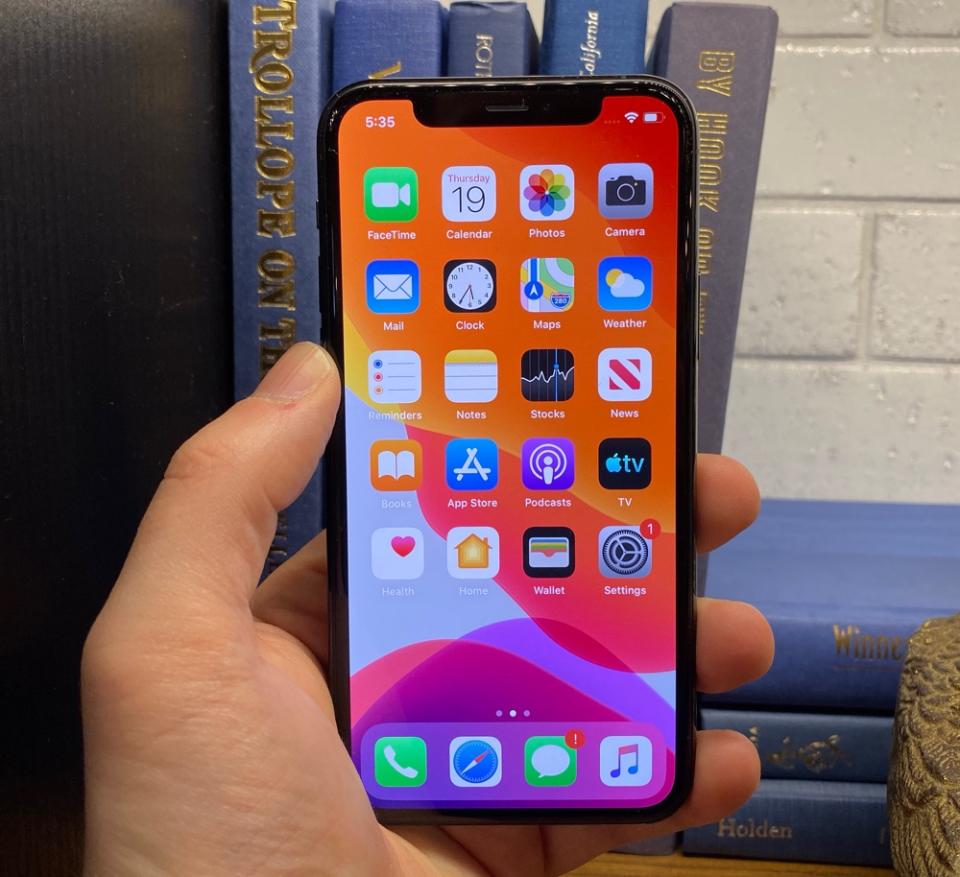
The iPhone 11, on the other hand, keeps the same Liquid Retina display as the iPhone XR. That panel uses LCD technology, which means while it's sharp and bright, it can't quite match the same color saturation as the OLED panels on the 11 Pros. OLED screens also use less power than LCD displays, which is worth considering.
The iPhone 11 line also get new, more durable casings this time around. The iPhone 11 is made using a durable glass and aluminum, while the 11 Pro and 11 Pro Max use the same type of glass in a matte finish and stainless steel.
Apple says the glass on these phones is the strongest available on a smartphone, and showed a demo during the phones' unveiling in which they were dropped on asphalt. That doesn't, however, mean that you should run around with a naked phone. Wrap that thing up in a case, especially since the line starts at $699.
The redesigned iPhones also get improved water resistance. You can now take the iPhone 11 in six feet of water for 30 minutes, without issue. The iPhone 11 Pro and 11 Pro Max, meanwhile, can survive in up to 12 feet of water for 30 minutes. That's not to say you should take these phones scuba diving, but you definitely don't have to worry if you drop them in the toilet or spill your beer on them.
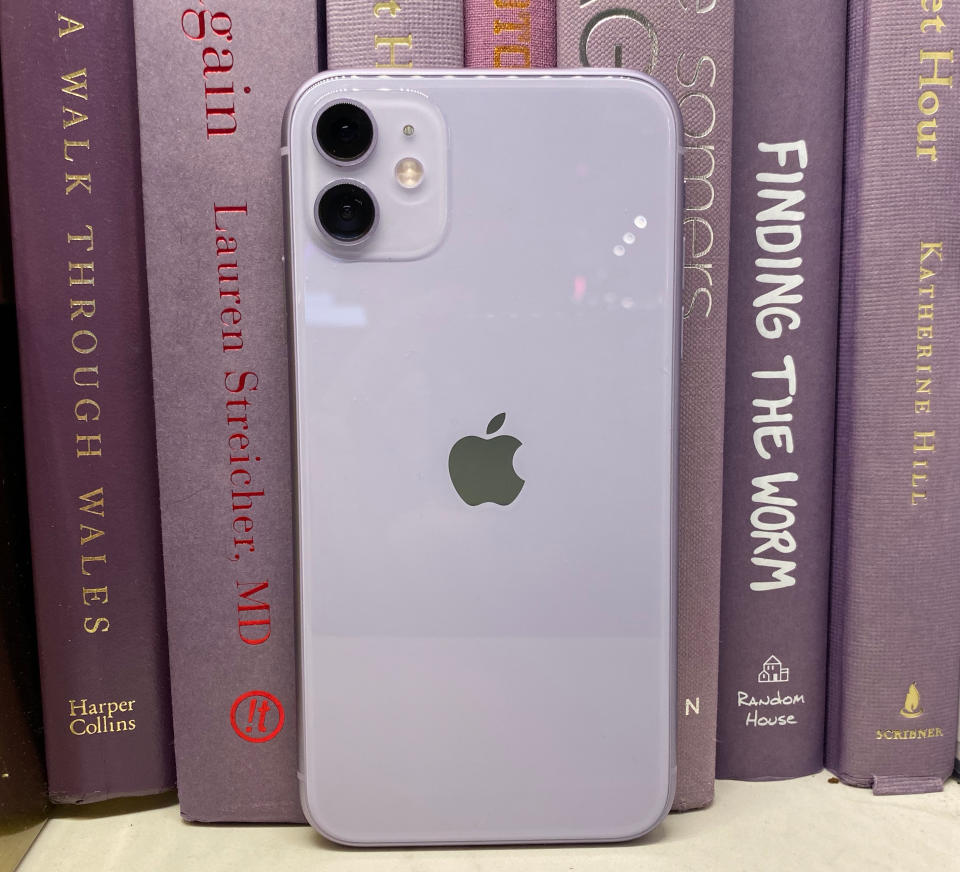
Both the iPhone 11 Pro and 11 Pro Max are a hair taller and slightly heavier than their predecessors. A handful of friends and colleagues have commented on the weight difference between the models, but it's so slight that you don't notice it after holding the phones for a few minutes.
That added weight is likely a result of the larger, more powerful batteries in the iPhone 11 Pro and 11 Pro Max. Apple estimates that the 11 Pro gets four additional hours of battery life compared to the iPhone 11 XS, while the 11 Pro Max gets an extra five hours of battery life versus the XS Max.
I'm the type of person who blasts through his phone's battery. My wife is constantly pointing out that my phones are always dying. So seeing that the iPhone 11 Pro Max was able to handle the kind of workload I throw at it — using it as a hotspot, watching movies, streaming music, aimlessly scrolling through Instagram — and still have plenty of juice left at the end of the day, should mean that the average person will get more than enough out of their phone.
The iPhone 11, for its part, gets a smaller one-hour increase in battery life compared to the iPhone XR, so don't expect it to be as long-lasting as the Pro or Pro Max. The iPhone 11 also doesn't have the same fast charger as the iPhone 11 Pro and 11 Pro Max, so topping off your phone will take a little longer.
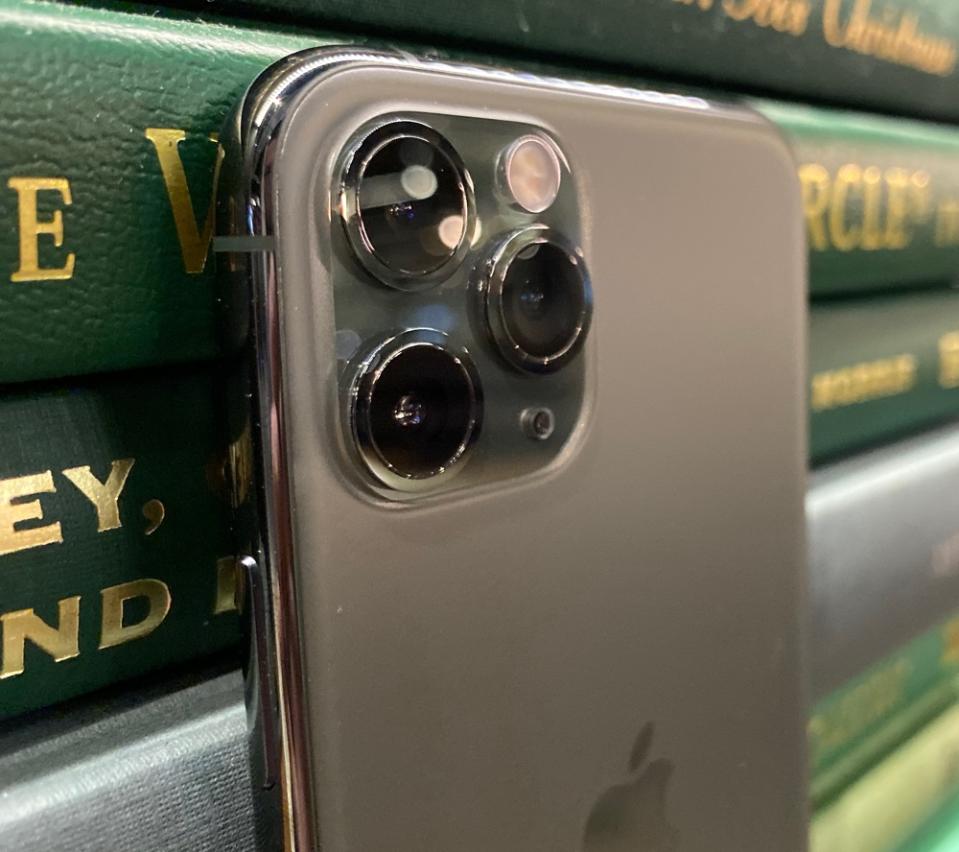
Inside, Apple has equipped all three iPhones with its new A13 Bionic chip. The company says it's the fastest smartphone processor and graphics processing unit on the market. I can't back that up for certain, but I can say that these phones absolutely rip it in terms of performance. I brought the iPhone 11 Pro Max to the Yahoo Finance IT team, and they were shocked at how much faster it was than the iPhone XS Max.
I've personally seen that features like Face ID and snapping photos feel quicker, and games also run without any hiccups. Apple's iOS 13 further optimizes the performance of all three phones, ensuring apps run smooth as silk.
Speaking of iOS 13, every iPhone from the iPhone 6s and up will be eligible for the mobile operating system. If you've got an iPhone 6 or older, though, you're out of luck.
Should you get it?
Every year people ask me if it's time for them to finally upgrade their old iPhones. And my answer is usually the same. If you bought last year's model, stick with it. If you've got something older, then go for the new one.
That's largely my advice this time around too, with a caveat. The iPhone XR, XS, and XS Max are still great phones. But, if you're the kind of person who loves taking photos with their phone, then it's worth considering making the jump to the iPhone 11 line.
As far as which of the three you should buy, that comes down to what you're looking for. If you want the best value, the iPhone 11 is pound for pound, your best option. It has the same processor as the Pros and can capture low-light photos.
The iPhone 11 Pro and 11 Pro Max, however, offer that sweet telephoto lens, better battery life, and gorgeous displays. If money is no object, I've got to recommend the iPhone 11 Pro. It really is the best of what Apple has to offer in every way. But if you're on a tighter budget, then grab the iPhone 11.
More from Dan:
Apple's iPhone 11 Pro cameras are the best ever on a smartphone
Apple Arcade, Apple's new game service, could change the way you play on your phone
The Apple Watch Series 5 and iPad updates were small, but should still win over consumers
Email Daniel Howley at [email protected]; follow him on Twitter at @DanielHowley.
Follow Yahoo Finance on Twitter, Facebook, Instagram, Flipboard, SmartNews, LinkedIn,YouTube, and reddit.
